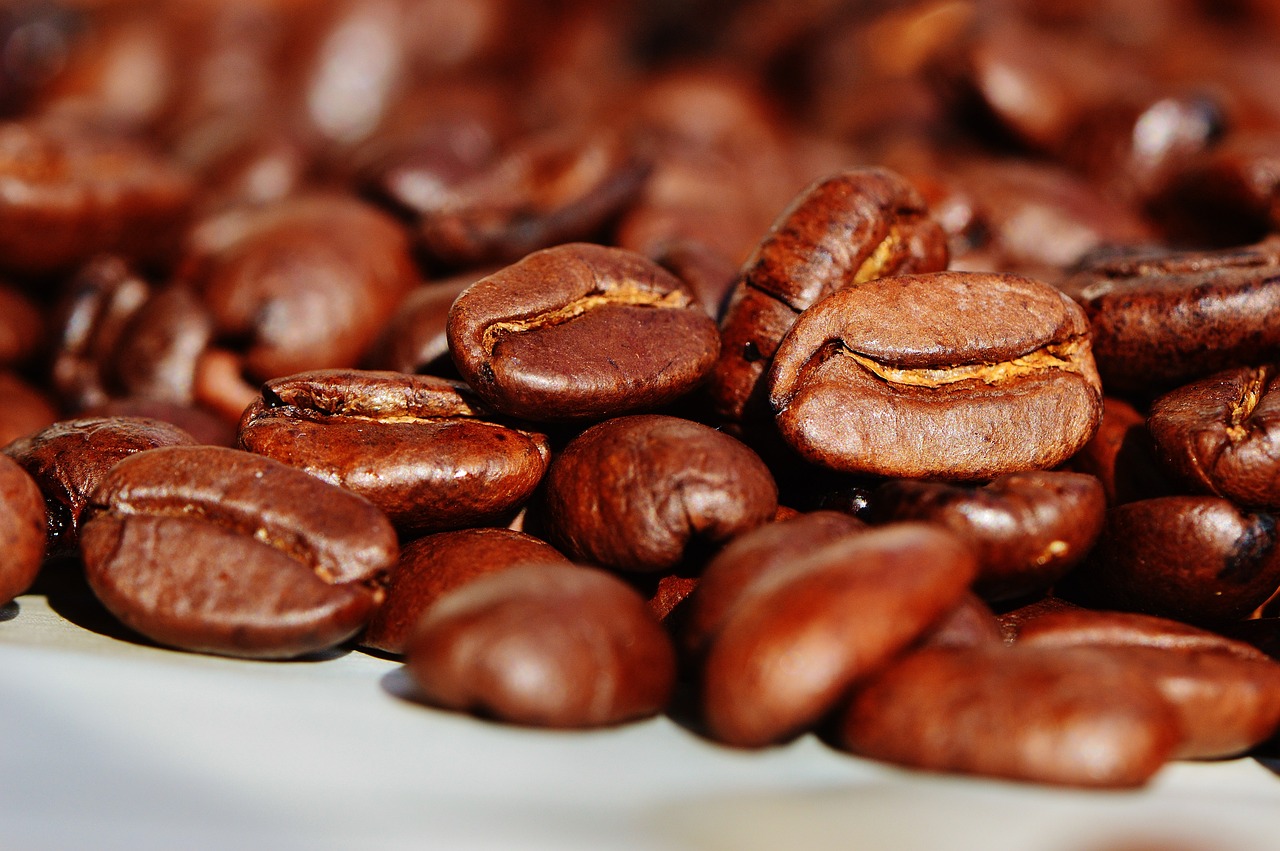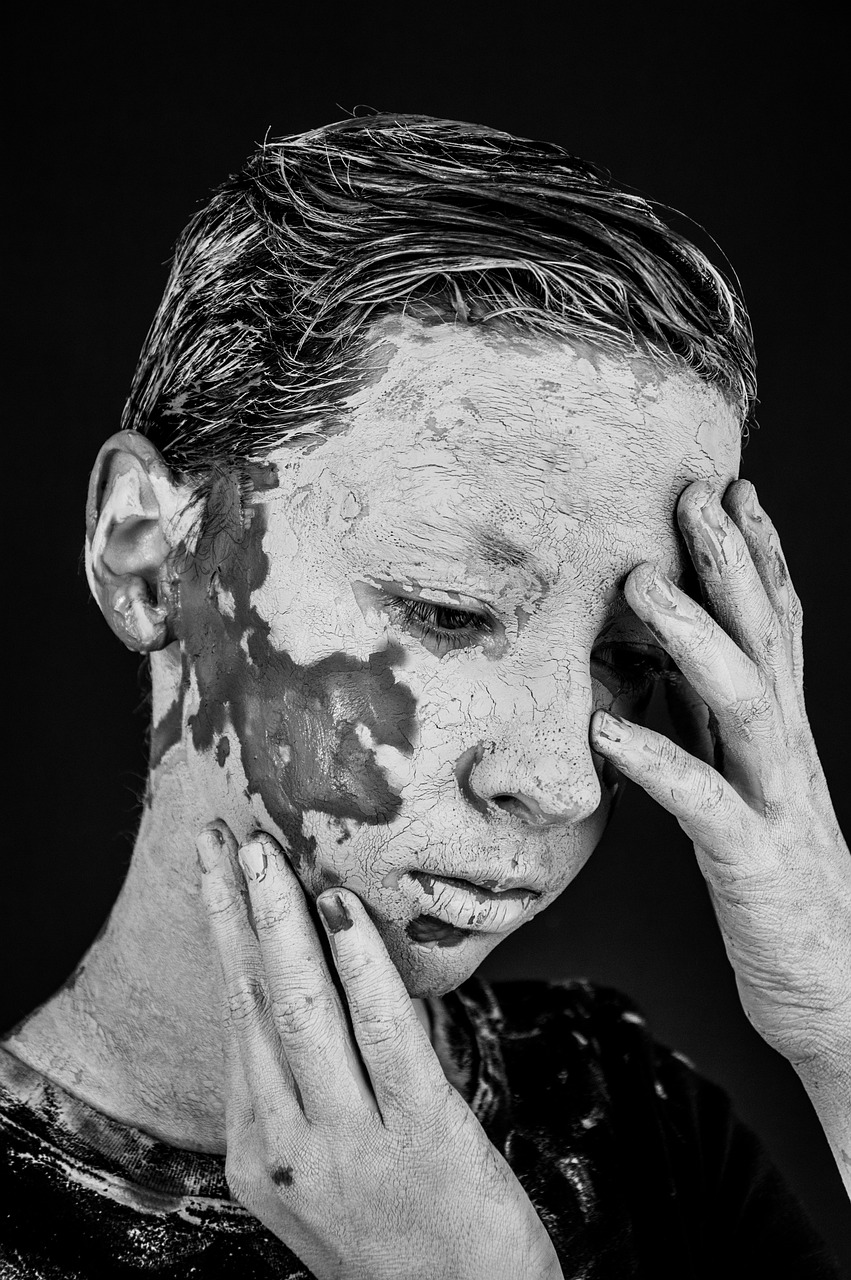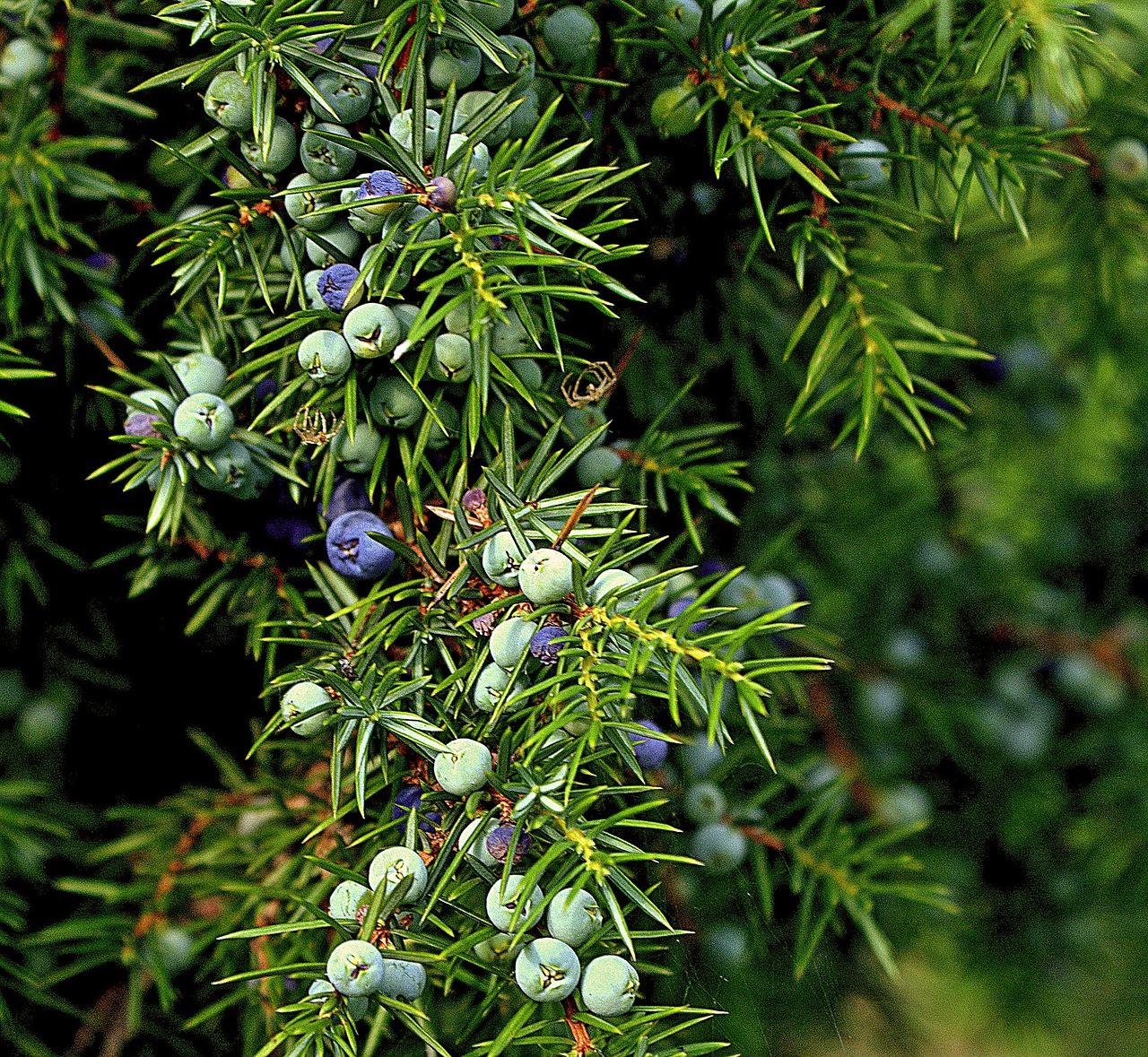Beauty
Methods of treating cracked feet

Broken feet
Broken feet is a typical issue in the impact point of the foot specifically, and there is no question that it is a typical issue for most ladies, and this might be because of medical conditions identified with broke impact points, so ladies resort to normal plans to treat impact point breaks, or utilize a cream to treat impact point breaks.
broken feet issue
Saturating medicines as broken heel cream, moisturizers and treatments can assist with holding skin dampness.
This might keep the skin from drying out and breaking, and saturating medicines can likewise assist with fixing previously broke skin. In gentle instances of broke heels, saturating a few times each day might take care of the issue. Tenderly scouring the feet with a pumice stone and applying a proper lotion consistently can likewise help.
The accompanying advances might assist with treating broke heels:
use cream
Creams enter the skin and decrease water misfortune, filling the holes between skin scales, making the skin smooth and flexible. Humectants infiltrate the external layer of the skin and draw in water from the air, securing dampness; It likewise helps increment the skin’s hydration limit.
In dry conditions, humectants might draw dampness from the lower layers of the skin instead of the environment, and this can prompt generally dry skin, so a mix of humidifier and occlusive might help seal in dampness.
Saturating application that closes pores
When the normal cream is assimilated, individuals can apply a thick layer of pore-obstructing lotion to the upper just before bed to control dampness.
Instances of these creams include:
lanolin;
Mineral oils.
Silicon, for example, dimethicone
Albeit these creams function admirably to secure dampness, they can be oily, tacky, and disturbing.
Wearing 100% cotton socks to bed
Wearing 100% cotton socks to bed subsequent to applying petrol jam to heels might help:
Keep dampness inside.
Permit the skin of the heel to relax.
Forestall bed sheets from getting filthy.
Tenderly rub the thickened skin with a pumice stone
When the skin has soaked, delicately scouring the heels with a pumice stone might assist with decreasing the thickness of the hard skin.
Utilize a fluid wrap
Fluid, gel, or splash dressings can be utilized to cover broke skin. This can give a defensive layer over the break, assist with decreasing agony, keep soil and germs from getting into the injury, and help recuperate quicker. [M
Treat broke feet normally
For a great many people, broken impact points are not perilous; However, it might cause uneasiness when strolling shoeless.
At times, heel breaks can turn out to be extremely profound and cause agony, and a standout amongst other approaches to treat this is to fall back on regular fixings, which thus play a viable part in treating broke heels, and forestalling them. There are some regular plans for treating broke heels that you can use to tackle this issue. :
Nectar
Nectar might function as a characteristic solution for broke heels, as nectar has antimicrobial and antibacterial properties. Exploration likewise shows that nectar can assist with mending wounds, clean them and saturate the skin. You can utilize nectar as a foot scour subsequent to splashing it, or apply it as a foot cover for the time being.
Coconut Oil
Coconut oil is frequently suggested for dry skin, dermatitis and psoriasis; This can assist your skin with holding dampness. Applying coconut oil after a foot drench may likewise be a decent alternative. Coconut oil’s calming and hostile to microbial properties might prompt broke heels in case they are inclined to draining or contamination.
Other Natural Remedies
There are numerous other home solutions for broke heels, albeit none have been displayed to explicitly treat broke heels. In any case, a large portion of the fixings center around saturating and smoothing the skin.
These include:
Vinegar to drench the feet.
Olive oil for saturating.
Shea Butter for Moisturizing.
Squashed banana for hydration.
paraffin wax; to protect dampness.
Cereal blended in with oil for exfoliation.
Treating broke feet with Vaseline
Vaseline is one of the healthy skin items that have been found, and it is the premise of magnificence for everybody, and without depending on investigating where Vaseline is separated from.
This item turns out extraordinary for broke feet, and is known as the supernatural occurrence ointment for some different purposes, like dried out lips, skin hydration, and cosmetics evacuation too.
Summer can make your feet extremely flaky, so you can utilize Vaseline salve, simply rub some gel on your feet, and wear socks for the time being.
Applying this strategy will give your feet the super non-abrasiveness that you will see when you get up toward the beginning of the day. [3]
You can undoubtedly figure out how to make Vaseline at home, and use it to treat different breaks in the body. If it is hard to acquire Vaseline from stores close to you, here is the way to make Vaseline at home with basic fixings:
the fixings:
1/4 cup coconut oil.
1/8 cup natural olive oil.
1/8 cup castor oil.
2 tablespoons of beeswax.
1 tablespoon of lanolin.
1 teaspoon of nutrient E oil.
Strategy:
In a little pot, over low to medium warmth, heat the coconut oil and beeswax until softened.
Eliminate from warmth and add olive oil, castor oil, lanolin, and nutrient E oil.
Speed until all fixings are all around mixed.
Keep on beating while the combination cools, speeding until the blend is smooth; Yet it is as yet flimsy.
Empty the blend into a glass container, or other reasonable stockpiling compartment of your decision, and this custom made item will keep usable for as long as a year.
Vinegar treatment for broke feet
While vinegar is normally utilized as a cooking fixing, it is extremely valuable in treating dry and broke heels. White vinegar, weakened with double the measure of warm water, can be utilized as a foot douse.
A pumice stone can be utilized to clean off dead skin subsequent to splashing for 20-25 minutes; Mixing white vinegar with curd makes an answer that eliminates dead skin while filling in breaks.
White vinegar can likewise be blended in with warm water, clear margarine, or cocoa spread to make a combination that can be scoured on the heels.
Apple juice vinegar is another sort of vinegar that is valuable in treating broke impact points, and when blended in with twice the measure of warm water can make another foot douse to treat dry skin.
Broken impact points can become excruciating whenever left untreated, are ugly, and make it hard for you to stroll with shoes that show your feet.
Furthermore, you need to realize that dry skin is the primary justification the development of breaks in the feet, notwithstanding the absence of nutrients like B nutrients, and numerous competitors, strolling laborers, joggers and even swimmers experience the ill effects of broke impact points, and age additionally assumes a part in this matter.
Extreme broke feet treatment
Broken heels can cause inconvenience or even agony. They are brought about by dry skin, with thickened skin, and yellow, or now and then brown, calluses around the edge of the heel.
Regularly the lone issue with broke heels is their appearance; However, at times, the condition can be extreme if these cuts become contaminated, and careful intercession, or a discussion with an expert dermatologist, is required.
In the event that impact point breaks are profound, they can be excruciating and hurt when an individual stands and here and there drain, so see a specialist immediately, particularly on the off chance that you feel torment, redness, enlarging, or extreme agony in any space of the foot for in excess of a couple of days.
The specialist might request that you play out certain tests and dissects, to check whether the issue is inside to you, or not, the present circumstance might mean an absence of certain nutrients and minerals in your body, the job of nutrient B3 inadequacy in broke heels is incredible, which might be the primary driver .
Instances of prescriptions you can utilize include:
Alpha hydroxy acids like lactic corrosive and glycolic corrosive.
salicylic corrosive;
urea;
Items containing keratolytics.
The utilization of cutting edges and scissors to scratch the skin ought to likewise be kept away from, and individuals with diabetes or polyneuropathy ought not utilize pumice stones, and rather should see a dermatologist, or a podiatrist.
In extreme instances of broke heels, or when clinical consideration is required, the specialist himself:
Eliminate dead skin.
Depict more grounded mellowing or eliminating specialists.
Apply clinical paste to seal the breaks.
Recommend an anti-microbial in case there is a contamination.
Bind the heels with unique wraps.
He suggests the consideration of shoes that help the patient change the manner in which he strolls, which could be the reason for broke feet.
Beauty
Benefits of coffee for hair and ways to use it

Benefits of coffee for hair
Coffee has gained popularity not only as a beverage but also as a potential ingredient for hair care. Here are some potential benefits of coffee for hair and different ways to use it:
- Stimulates hair growth: The caffeine present in coffee is known to stimulate hair follicles and promote hair growth. It may help increase blood circulation to the scalp, providing essential nutrients to the hair roots.
- Reduces hair loss: Coffee may help inhibit the effects of DHT (dihydrotestosterone), a hormone associated with hair loss. Applying coffee topically may block DHT and reduce hair fall.
- Adds shine and luster: Coffee can add shine and luster to dull hair. It may enhance the natural color and make the hair appear more vibrant.
- Strengthens hair strands: The antioxidants present in coffee, such as polyphenols, can help strengthen the hair shaft, reducing breakage and split ends.
- Acts as a natural hair dye: Coffee can act as a natural dye, particularly for dark hair. It may provide subtle brown tones or enhance existing brown color.

Here are a few ways to use coffee for hair:
- Coffee rinse: Brew a strong cup of coffee and let it cool. After shampooing your hair, pour the coffee over your hair and massage it into the scalp. Leave it on for a few minutes before rinsing thoroughly.
- Coffee hair mask: Mix brewed coffee with a natural hair mask ingredient, such as plain yogurt or coconut oil. Apply the mixture to damp hair and leave it on for 20-30 minutes before rinsing.
- Coffee oil treatment: Infuse coffee grounds in warm coconut or olive oil for a few days. Strain the oil and apply it to the scalp and hair, massaging gently. Leave it overnight and wash it off the next morning.
- Coffee spray: Brew a strong cup of coffee and allow it to cool. Transfer it to a spray bottle and spritz it onto your hair as a leave-in conditioner. Avoid using too much to prevent staining.
Remember to perform a patch test before applying coffee or any new ingredient to your hair or skin to check for potential allergic reactions. Additionally, individual results may vary, so it’s important to experiment and find the method that works best for your hair type and needs.
Beauty
Skin Pigmentation Natural Remedies

Natural recipes for the treatment of skin pigmentation
Skin pigmentation refers to the darkening or discoloration of the skin, often caused by various factors such as sun exposure, hormonal changes, aging, or certain medical conditions. While natural remedies can help improve the appearance of pigmentation, it’s important to note that they may not eliminate the issue. It’s always a good idea to consult with a dermatologist for an accurate diagnosis and appropriate treatment options. Here are a few natural recipes that you can try:
Lemon Juice and Honey Mask:
- Mix equal parts lemon juice and honey.
- Apply the mixture to the affected areas.
- Leave it on for 20 minutes before rinsing with lukewarm water.
- Repeat this remedy a few times a week.
Note: Lemon juice may cause skin sensitivity, so it’s essential to perform a patch test before applying it to larger areas. Additionally, avoid sun exposure after using lemon juice on the skin as it can cause photosensitivity.
Aloe Vera Gel:
- Extract fresh gel from an aloe vera leaf.
- Apply the gel directly to the pigmented areas.
- Leave it on for 30 minutes before rinsing with water.
- Repeat this process daily for several weeks.
Turmeric and Milk Paste:
- Mix 1 teaspoon of turmeric powder with enough milk to form a paste.
- Apply the paste to the affected areas.
- Leave it on for 20-30 minutes before rinsing with water.
- Repeat this remedy a few times a week.

Potato Juice:
- Grate a potato and squeeze out the juice.
- Apply the juice to the pigmented areas using a cotton ball.
- Leave it on for 20 minutes before rinsing with water.
- Repeat this process daily for a few weeks.
Apple Cider Vinegar Toner:
- Dilute apple cider vinegar with an equal amount of water.
- Apply the mixture to the affected areas using a cotton ball.
- Leave it on for 5-10 minutes before rinsing with water.
- Repeat this process once daily, gradually increasing the exposure time.
Remember, it’s important to be consistent and patient when using natural remedies. If you don’t see significant improvement or experience any adverse reactions, discontinue use and consult a dermatologist for further guidance.
Beauty
Juniper Berries: Benefits & Uses

6 BENEFITS & USES OF JUNIPER BERRIES
Juniper berries, the fruit of the juniper tree (Juniperus communis), have been used for various purposes for centuries. Here are six benefits and uses of juniper berries:
- Culinary Uses: Juniper berries are commonly used as a spice in cooking, particularly in European cuisines. They have a unique flavor profile that is often described as piney, citrusy, and slightly peppery. Juniper berries are a key ingredient in dishes like sauerkraut, pickles, game meats, and certain spirits like gin.
- Digestive Aid: Juniper berries have been traditionally used as a digestive aid due to their carminative properties. They can help relieve symptoms such as bloating, gas, and indigestion. Juniper berries are sometimes used to make herbal teas or tinctures that can support digestive health.
- Antioxidant Properties: Juniper berries are rich in antioxidants, including flavonoids and polyphenols, which help protect the body against oxidative stress and free radicals. Antioxidants are beneficial for overall health and may help reduce the risk of chronic diseases.
- Diuretic Effects: Juniper berries are known for their diuretic properties, meaning they can increase urine production and promote detoxification. This effect can help reduce water retention, support kidney function, and flush out toxins from the body.
- Respiratory Support: Juniper berries have been used in traditional medicine to support respiratory health. They may help alleviate symptoms of respiratory conditions like coughs, bronchitis, and congestion. Juniper berry essential oil is sometimes used in aromatherapy or as an ingredient in chest rubs.
- Skin Care: The antimicrobial and anti-inflammatory properties of juniper berries make them beneficial for skin health. Juniper berry extract or oil is often used in natural skincare products to help soothe and cleanse the skin, treat acne, and reduce inflammation. However, it’s important to note that juniper berry oil can be irritating to some individuals, so it should be used with caution and in diluted form.
While juniper berries offer potential benefits, it’s important to consult with a healthcare professional before using them for therapeutic purposes, especially if you have any underlying health conditions or are taking medications.

WAYS TO USE JUNIPER BERRIES
There are several ways to use juniper berries in various forms. Here are some common methods:
- Culinary Use: Crush juniper berries using a mortar and pestle or a spice grinder and use them as a spice in cooking. They are often used in marinades for game meats, stews, sauerkraut, and pickles. Juniper berries can also be added to spice blends or used to flavor sauces and soups.
- Herbal Tea: Juniper berries can be used to make herbal tea. Crush a few berries and steep them in hot water for about 10 minutes. The resulting tea has a distinct flavor and can be consumed on its own or blended with other herbs for added benefits.
- Infused Spirits: Juniper berries are a primary ingredient in gin, contributing to its characteristic flavor. You can infuse spirits like vodka or gin with juniper berries to create your own flavored alcoholic beverages. Simply add crushed berries to the spirit and let it steep for a few days or weeks before straining.
- Tincture: Juniper berry tincture is made by soaking crushed berries in alcohol, such as vodka or brandy, for several weeks. This creates a concentrated liquid extract that can be used in small doses for digestive support or other medicinal purposes. Consult an herbalist or follow a trusted recipe for proper tincture preparation.
- Aromatherapy: Juniper berry essential oil is used in aromatherapy for its therapeutic properties. It can be diffused in a room to promote relaxation, added to bathwater for a soothing experience, or used in massage oils for its rejuvenating effects. Ensure to follow proper dilution guidelines and consult a qualified aromatherapist for guidance.
- Skincare Products: Juniper berry extract or oil is used in natural skincare products such as soaps, lotions, and creams. These products may help cleanse the skin, reduce inflammation, and promote overall skin health. Ensure to follow the instructions provided by the product manufacturer.
Remember to use juniper berries in moderation and consult a healthcare professional or herbalist for personalized advice, especially if you have any specific health concerns or are taking medications.
DISCOVER THE MANY USES OF JUNIPER BERRIES
Juniper berries have a wide range of uses across various domains. Here are some additional uses of juniper berries:
- Natural Cleaning: Juniper berries can be used as a natural cleaning agent. Create a homemade cleaning solution by simmering crushed juniper berries in water, then strain and use the liquid to clean surfaces. The antimicrobial properties of juniper berries can help disinfect and freshen your living space.
- Herbal Medicine: Juniper berries have been used in traditional herbal medicine for their medicinal properties. They are believed to have diuretic, antiseptic, anti-inflammatory, and antifungal effects. Juniper berry extracts or tinctures can be used to support urinary health, alleviate digestive issues, and assist with joint pain.
- Craft and Decor: Dried juniper berries can be used in craft projects and as decorative elements. They add a natural touch to wreaths, potpourri, and floral arrangements. Juniper berries can also be used to create unique and fragrant homemade sachets or scented candles.
- Culinary Preservatives: Juniper berries contain natural preservatives that help inhibit the growth of certain bacteria and fungi. They are commonly used in preserving and curing meats, particularly in traditional dishes like sausages and salami. The aromatic and tangy flavor of juniper berries adds depth to preserved foods.
- Outdoor Cooking: Juniper berries can be used for outdoor cooking. They can be added to smoking chips or placed directly on charcoal to impart a distinct flavor to grilled or barbecued meats. The smoky, resinous aroma of juniper berries enhances the taste of grilled dishes.
- Potpourri and Aromatics: Dried juniper berries can be added to potpourri blends to release a pleasant and refreshing scent. Crushed juniper berries can also be used in homemade scented sachets or drawer fresheners to impart a natural aroma and help repel pests.
It’s important to note that while juniper berries have various uses, they should be used in moderation and with caution. Pregnant women, individuals with kidney disorders, or those on certain medications should consult with a healthcare professional before using juniper berries for medicinal purposes.
-

 Beauty4 years ago
Beauty4 years agoAll you need to know about the problem of excessive hair in women
-

 Nutrition4 years ago
Nutrition4 years agoBenefits of eating fruits daily
-

 Beauty3 years ago
Beauty3 years agoRecipes for hair lengthening – the fastest 8 recipes for hair lengthening and intensification
-

 Fitness4 years ago
Fitness4 years agoBack exercises and ways to apply them to get rid of problems
-

 Lifestyle4 years ago
Lifestyle4 years agoPromote a healthy lifestyle
-

 Beauty4 years ago
Beauty4 years agoBenefits of lavender – Here are more than 10 benefits of lavender for the body
-

 Business Services2 years ago
Business Services2 years agoOnline aeronautical engineering degree
-

 Beauty3 years ago
Beauty3 years agoBariatric Surgery in USA







